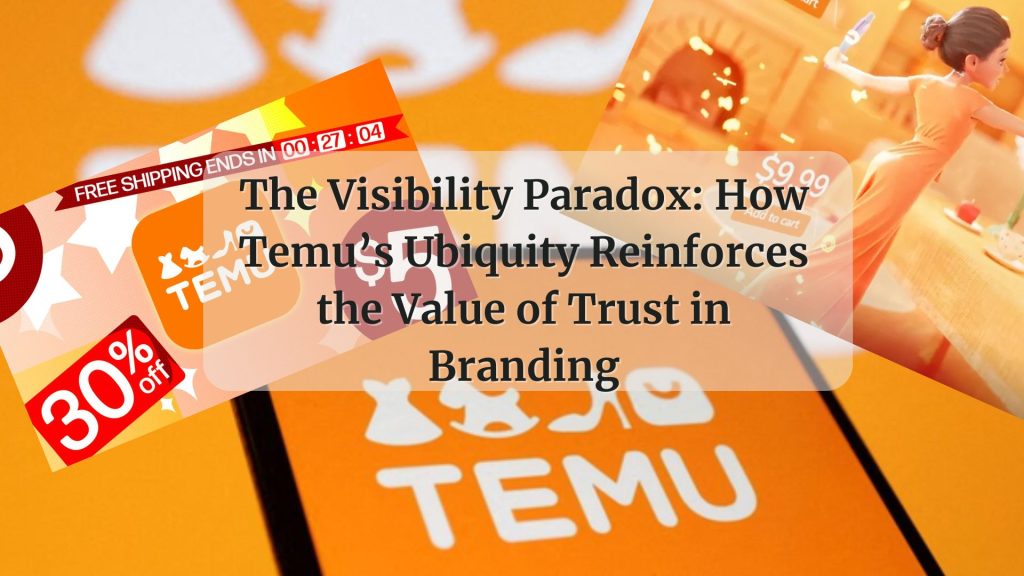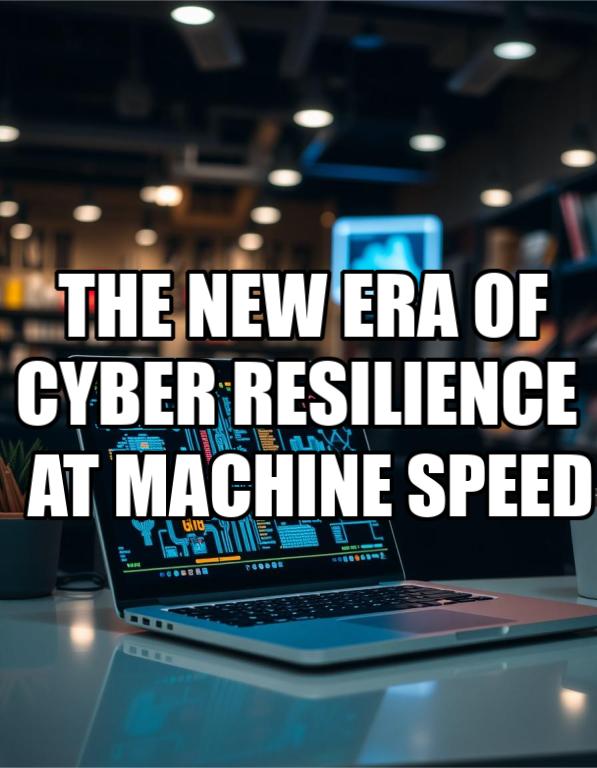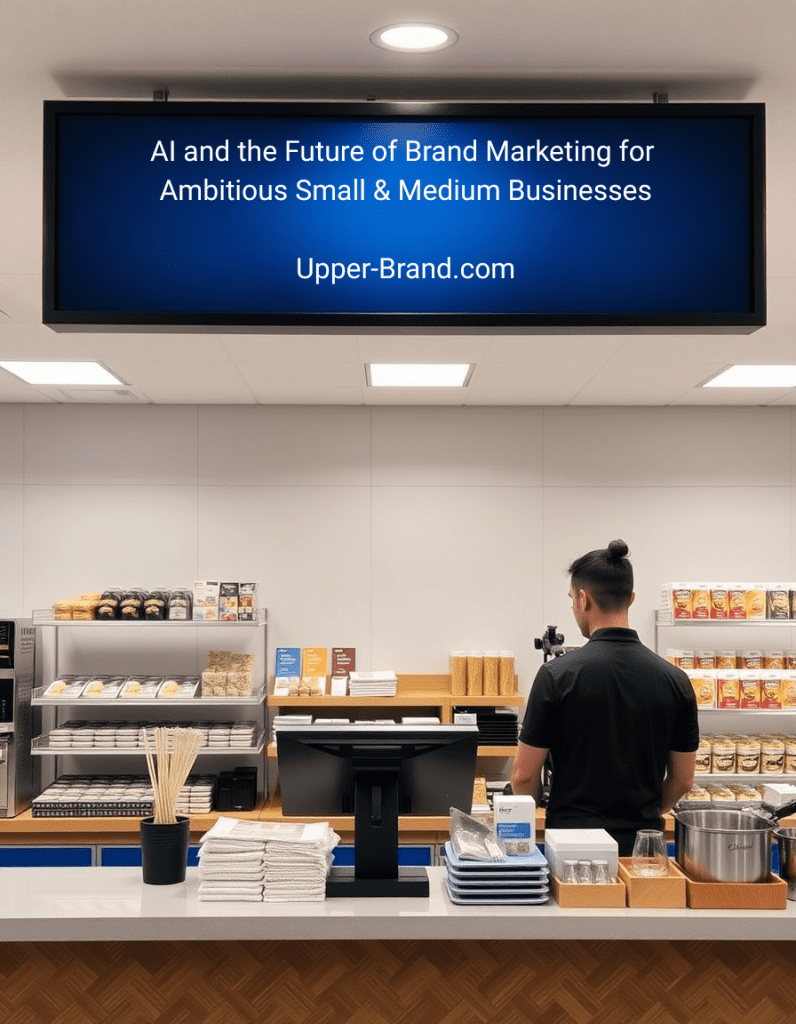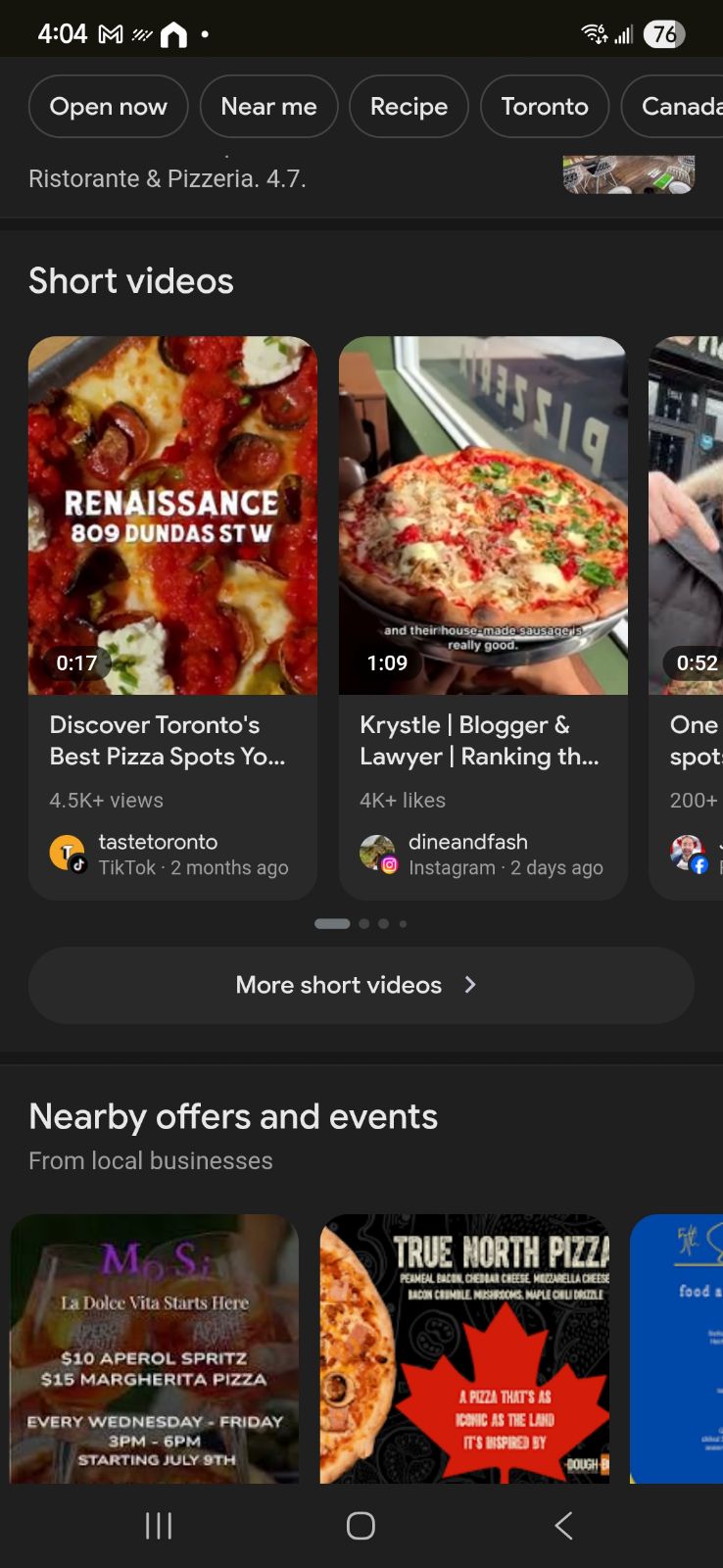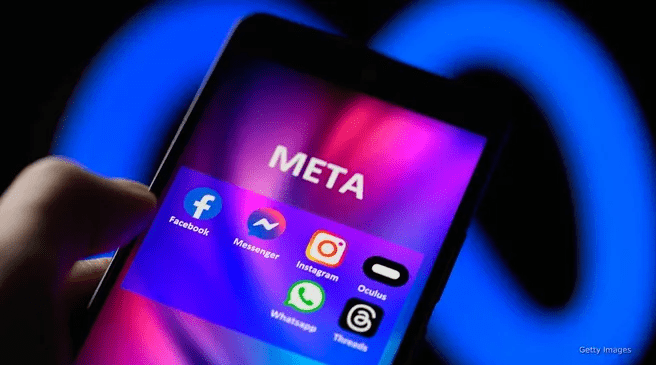Building prestige through audience-led growth
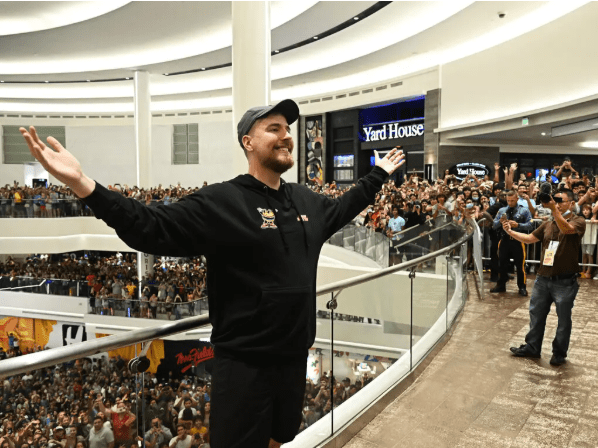
In a world increasingly oversaturated with digital noise, something remarkable is happening beneath the surface. A handful of forward-thinking brands are choosing a path less taken, steering away from high-spend ad campaigns in favor of something quieter but far more influential: turning audiences into advocates.
This is not just influencer marketing with a fresh coat of paint. It is a strategic evolution that is reshaping how modern prestige brands build value. Audience-led growth is quickly emerging as the foundation for long-term relevance, equity, and brand magnetism. For marketing leaders focused on trendspotting and staying ahead of the curve, this shift deserves serious attention.
Why audience-led prestige matters now
Prestige is no longer something you shout through billboards. It is earned through how people talk about you when you are not in the room. In 2025, the most powerful brands are not necessarily the loudest, but the ones that understand how to cultivate community, inspire loyalty, and let their audience do the storytelling.
This movement aligns with several macro trends shaping consumer behavior:
Trust in traditional advertising is declining
Digital natives value authenticity over polish
Social algorithms reward engagement, not spend
Brand loyalty is being redefined by interaction, not aspiration
The brands winning in this new landscape understand that prestige is no longer manufactured. It is co-created.
The mechanics of audience-led growth
At its core, this strategy flips the traditional marketing funnel. Instead of pouring money into top-of-funnel awareness and hoping for downstream conversions, brands are building deeper engagement with their existing communities and letting that fuel organic growth.
Here’s what that looks like in practice:
1. Micro-engagement over macro-blast
Instead of chasing millions of views, these brands focus on a few thousand meaningful interactions. That could be replying to DMs, spotlighting customer stories, or creating exclusive product experiences for their most loyal followers.
2. Narrative building, not message control
Rather than trying to control every piece of messaging, brands enable their audiences to tell the story in their own voice. This could mean user-generated content campaigns, ambassador programs, or simply amplifying real customer experiences.
3. Shared ownership of brand identity
Brands like Glossier, Gymshark, and even luxury disruptors like Aime Leon Dore are thriving because their communities feel invested. The brand becomes a canvas for shared values, not just a label.
4. Designing for participation
From product drops to social media prompts, these brands design moments that invite people in. It is not about pushing a product. It is about creating something worth showing up for.
What marketers need to know
For prestige-focused marketers, the implications are big. You no longer need to outspend your competition. You need to outconnect them.
The path to relevance is being rewritten in real time by brands that understand two things: the power of co-creation and the value of community gravity.
Here are actionable steps for marketers who want to align with this evolution:
Start with your inner circle
Map your most engaged followers, customers, or fans. Invite them into beta launches, host feedback sessions, and celebrate their contributions publicly. These people are your brand’s ignition point.
Build prestige through exclusivity, not inaccessibility
Prestige brands have traditionally relied on scarcity. In this model, exclusivity comes from access to experiences, information, and community—not price tags. Think private content drops, early access, or behind-the-scenes insights.
Invest in platforms that foster depth, not just reach
Instagram and TikTok are still important, but platforms like Discord, Slack, and private LinkedIn groups offer opportunities for richer engagement and recurring touchpoints.
Give your audience tools, not just content
Whether it is branded templates, hashtags, or stories they can participate in, make it easy for your community to become creators. When people feel part of the journey, they are more likely to invite others along.
The real ROI of community-built brands
Audience-led growth is not always fast. It does not deliver the overnight metrics of a boosted post or a viral video. But it does build something more valuable: brand equity that compounds.
A recent study from Edelman found that 63 percent of consumers trust what influencers or peers say about a brand more than what the brand says about itself. Meanwhile, McKinsey reports that community-driven brands see 2 to 3 times higher customer lifetime value compared to traditional acquisition models.
That’s not just marketing fluff. That is bottom-line impact.
What this means for the future of marketing
If the last decade was about hacking attention, the next will be about earning it. We are moving from campaigns to conversations, from eyeballs to advocates, from transactions to transformation.
Audience-led branding is not just a trend. It is a new default setting for brands that want to stay culturally relevant and financially resilient. In a world of diminishing ad returns and rising expectations, trust is the only true performance metric.
Brands that understand how to scale trust by empowering their audiences will not just survive the next marketing evolution. They will define it.
Final word
Prestige is not something you buy with a media budget. It is built, quietly and consistently, through people who believe in what you stand for. In this new era of marketing, the most powerful brand asset is not your campaign—it is your community.
Visionary marketers will recognize this shift not as a constraint, but as a compass. The rules have changed. The question is, are you ready to lead from the inside out?




